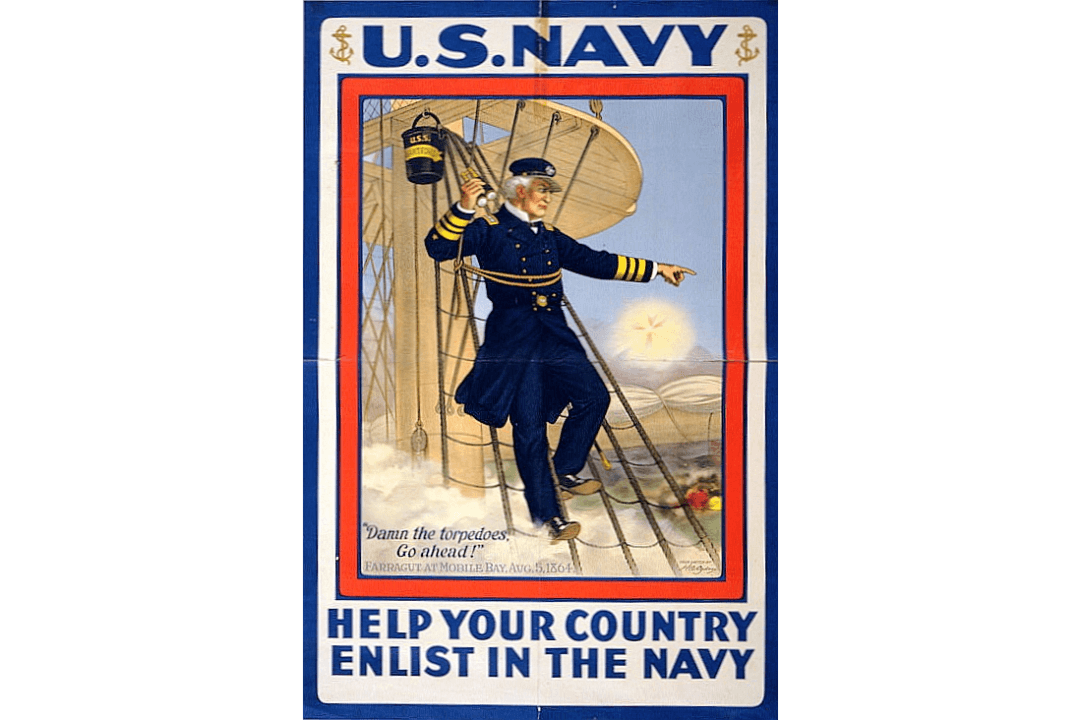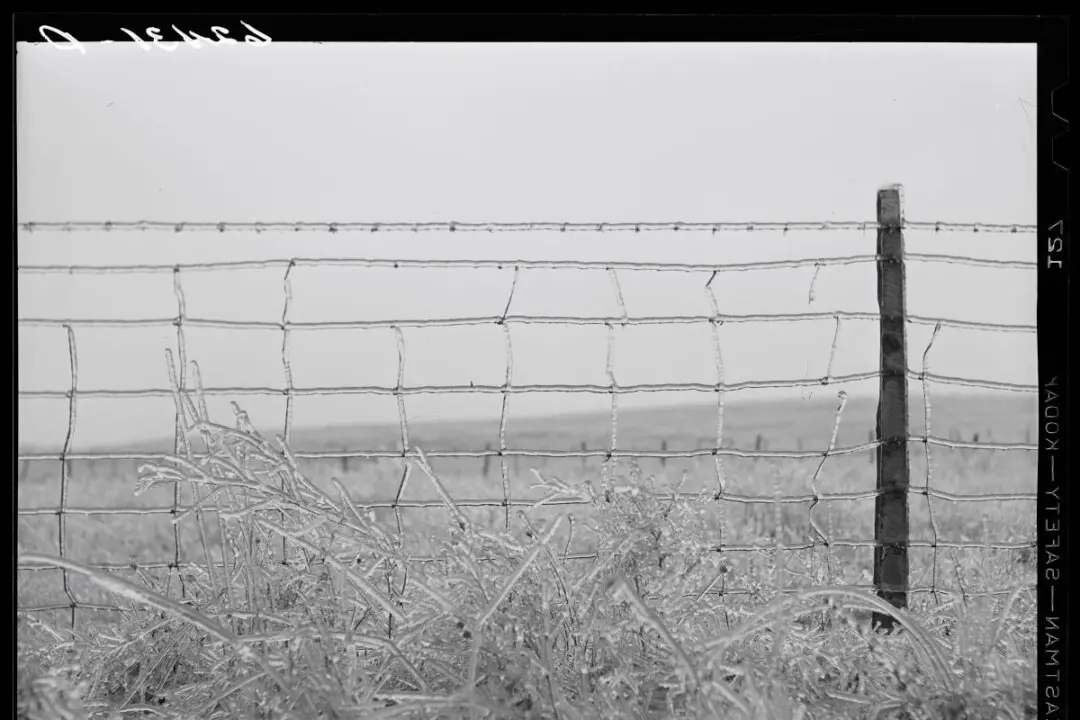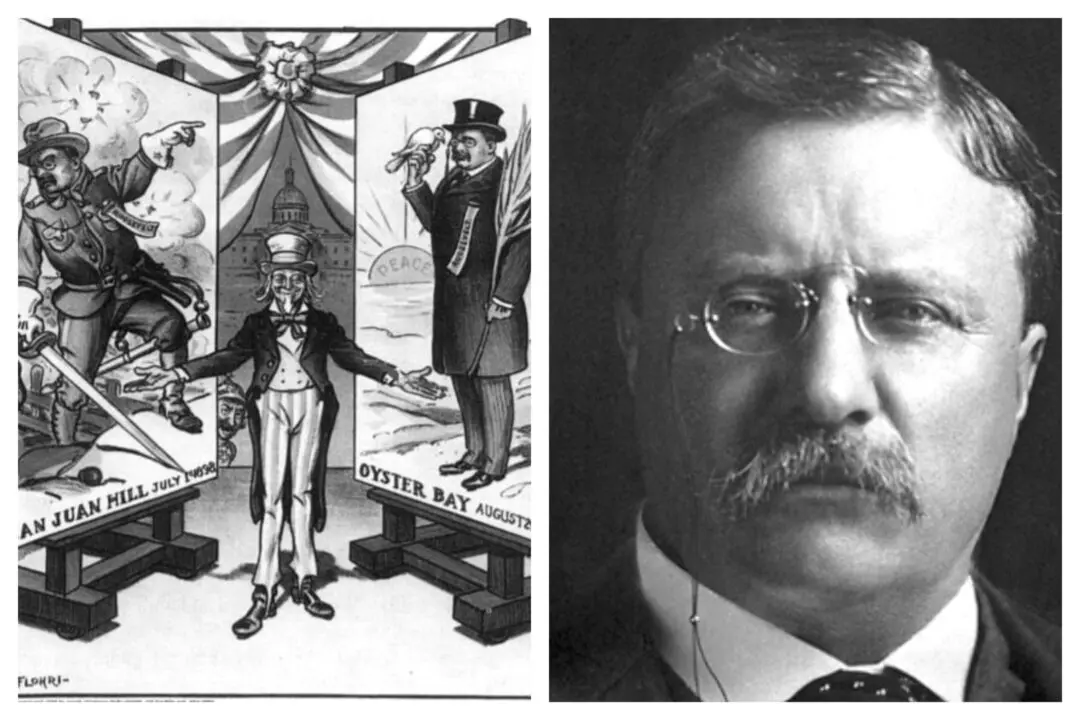When Jordi Ferragut Mesquida sailed into the then-Spanish port of New Orleans in 1775, he was informed of the struggle between the British colonists and the British crown. Mesquida, a native of Menorca, Spain and a shipping merchant, did more than sympathize with the colonists, he joined them.
Mesquida changed his name to George Farragut and became the only Spanish volunteer to fight under the American flag. His efforts in providing arms to the patriots in South Carolina, and his efforts—on sea and on land—during the Battles of Charleston and Cowpens established him as a Revolutionary War hero.






